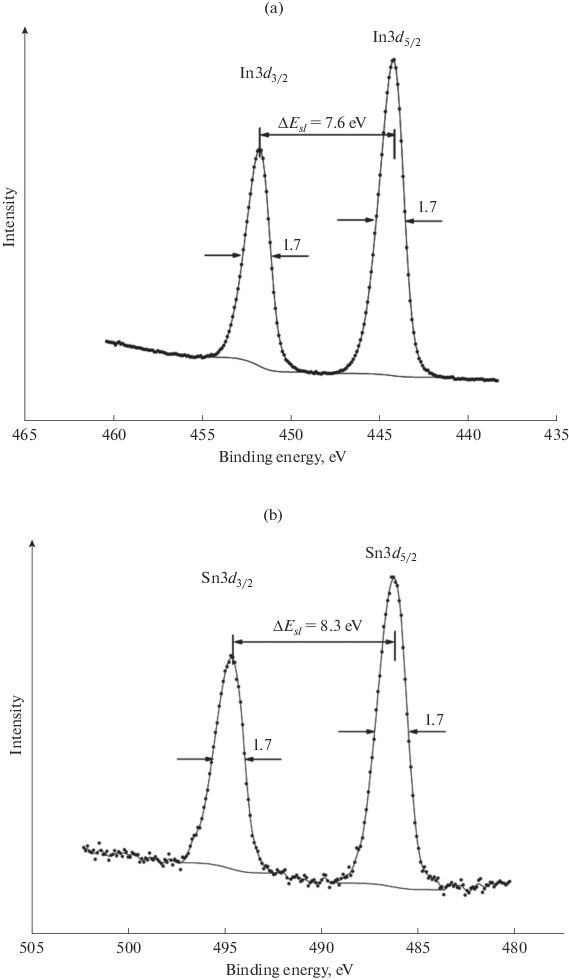

To synthesize high-performance P-/Sn-based anode materials, many approaches have been employed, such as high-energy ball milling (HEBM), construction of yolk-shell spheres, and hydrothermal synthesis of heterostructures. Still, the elegant design of P/Sn composite anode materials, in terms of the chemical component, ratio, crystallinity, sizes, distribution, uniformity, interface, etc., is essential to further optimize the overall performance in NIBs. Particularly, the compound Sn 4P 3 has been shown an appealing anode material for NIBs because of the synergetic electrochemistry of P and Sn elements. It has been demonstrated that the cooperation of P and Sn, through either physical incorporation or chemical alloying, can attenuate the intrinsic drawbacks of individual P or Sn. Moreover, the nonmetallic P and phosphides have poor conductivities, while the metallic Sn and its sodiation products can easily aggregate both effects significantly reduce the electrochemical efficiency of NIBs.

However, both of them suffer from large volume expansions when alloying with Na, leading to the structural collapse, particle pulverization, electrochemical separation of active materials, and thus rapid performance decay. On the survey of electrode materials for NIBs, phosphorus (P) and tin (Sn) have gained wide attentions as anode materials because of their high theoretical capacities, low discharge voltages, and low costs. Sodium-ion batteries (NIBs) are expected to be a vital alternative to the extensively used lithium-ion batteries (LIBs) by considering the high abundance and low cost of sodium resources. The study sheds light on the rational design and concrete identification of P-/Sn-based amorphous-dominant composite materials for NIBs. The reaction mechanism has been elucidated by 23Na and 31P solid-state nuclear magnetic resonance (NMR) investigations. The composite with the largest amount of Sn 4P 3 in the P/C matrix can deliver the most balanced electrochemical performance, with a capacity of 422.3 mA-h g −1 for 300 cycles at a current density of 1000 mA g −1. Pair distribution function (PDF) has been employed as a hardcore quantitative technique to elucidate their structures combined with other techniques, suggesting the formation and ratios of Sn 4P 3 and Sn crystalline domains embedded inside an amorphous P/carbon matrix.
SN XPS PEAK RATIO SERIES
Herein, a series of P-/Sn-based composites have been synthesized by the facile and low-cost one-step ball milling. It is thus essential to buffer these problems by appropriately alloying with other elements such as tin (Sn) and constructing well-designed microstructures. The high-capacity phosphorus- (P-) based anode materials for sodium-ion batteries (NIBs) often face poor performance retentions owing to the low conductivity and large volume expansion.


 0 kommentar(er)
0 kommentar(er)
